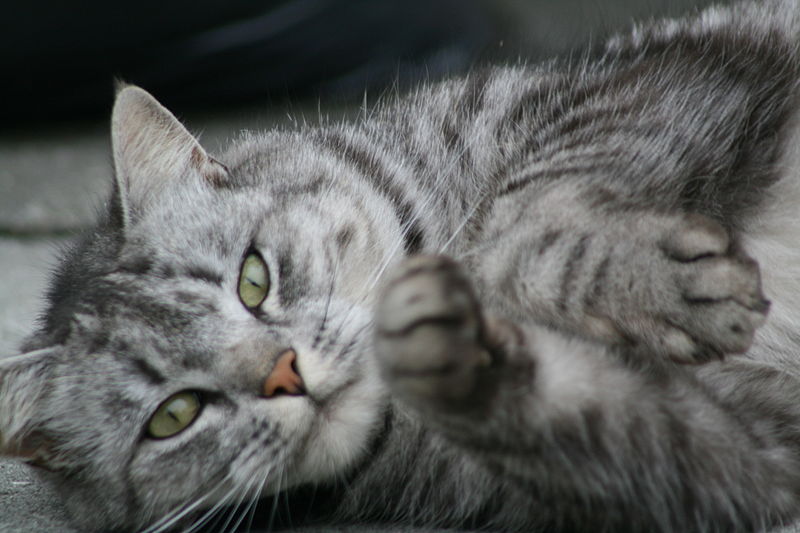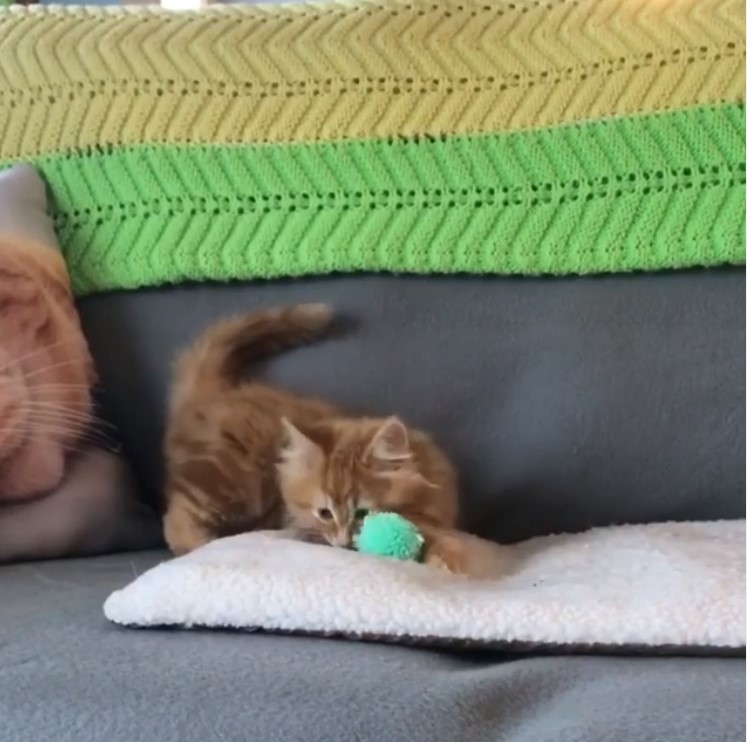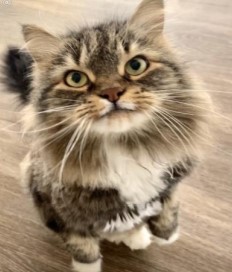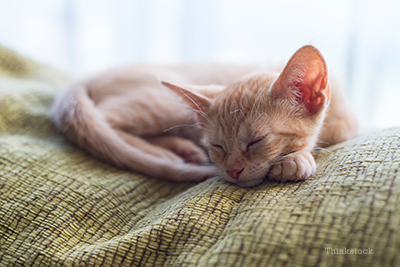Environmental Needs in Cats

Environmental needs include a cat’s physical surroundings encompassing indoors, outdoors, as well as social interactions with people and other pets. Meeting environmental needs may avoid stressors that can cause unwanted behaviors and impact mental health.
Meeting The Needs Of Your Cat – Five pillars of a healthy feline environment
Safety
Provide a safe place, such as a cardboard box, preferably with sides around it, raised off the ground, and a roof to enable the cat to feel safe and secure. The cat should have the ability to exit and enter the space from at least two sides if it feels threatened. There should be at least as many safe places as there are cats in a household.
Your cat’s safe place is a private area that allows it to retreat and feel protected; it provides a sense of security. Cats like to get up high where they can observe their environment, especially when there’s been a change or when they are frightened. Provide your cat with a few different options, including open resting spaces such as shelves or windowsills, as well as enclosed resting spaces such as high-sided beds or boxes. You can encourage your cat to use these spaces by making them comfortable, for example, by covering the area with fleece bedding.
Resources
Provide multiple and separated key environmental resources such as food, water, litter boxes, scratching areas, play areas, and resting/sleeping areas. These areas should be separated from one another so all cats have free access without challenges from other cats in the household. They also need regular medical care from a knowledgeable veterinary clinic to stay healthy and happy!
Play

Provide the opportunity for play and predatory behavior. This behavior allows cats to fulfill their natural need to hunt. This can be accomplished with the use of interactive toys that mimic prey, such as feather and fur toys. Introduce interactive play so they learn to avoid going after your hands and feet for play. Use food puzzles or food balls to mimic the action of hunting for prey. This requires considerable physical activity and mental engagement.
Consistency and Positivity
Provide positive, consistent, and predictable human-cat social interaction. This can be seen as interactions such as petting, grooming, being played with or talked to, being picked up, and sitting or lying on a person’s lap. It is important to remember that every cat interacts differently and to respect the cat’s individual preferences.
Respect the Nose
Provide an environment that respects the importance of the cat’s sense of smell. Cats use their sense of smell to evaluate their surroundings to maximize their sense of security and comfort. Cats mark their scent by rubbing their face and body, which deposits natural pheromones to establish boundaries within which they feel safe and secure. The use of synthetic pheromones can mimic a cat’s natural pheromones and provide a calming effect in a stressful situation. Threatening smells and the inability to rub their scent can sometimes lead to problematic behaviors such as passing urine or stools outside the litterbox, spraying, and scratching in undesirable areas.
Meeting the environmental needs of each cat will improve cat welfare, optimize health care delivery, and support the relationship between cats and their owners.
Overall, have FUN and be CREATIVE! Happy, healthy kitties rule!








![Dj Scratch mixing some beats. 🎧 🎶 #Mewsic #KitNipBox
[via Instagram | @dharmacatnitiative]](https://www.kitnipbox.com/meow/wp-content/plugins/instagram-feed/img/placeholder.png)